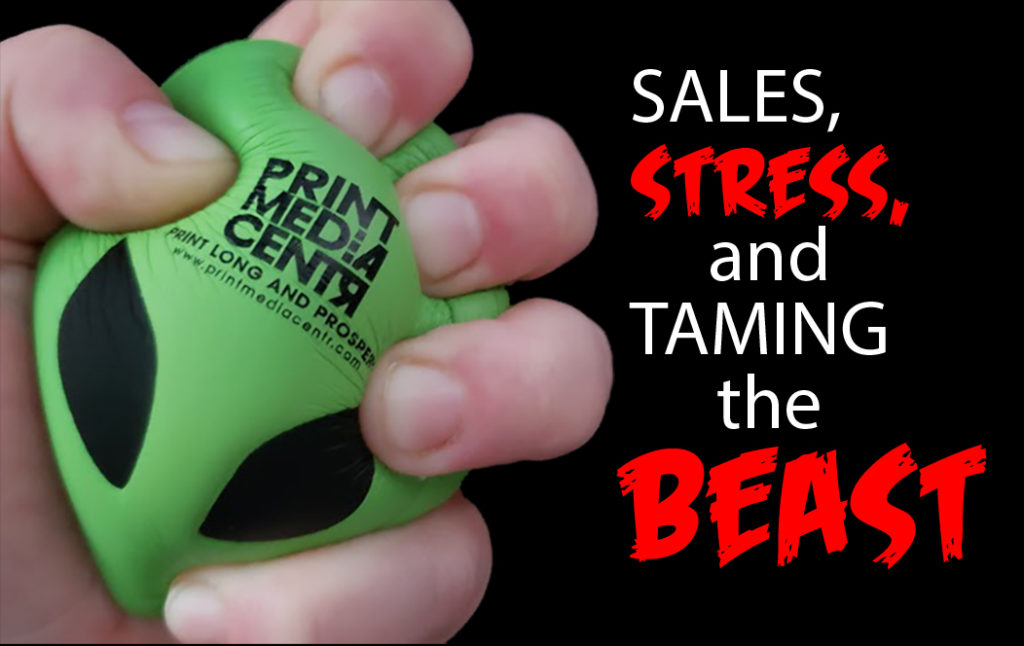Friends, I’m not gonna lie to you. I am stressed. Like, in a constant pit of my stomach, breaking out in a cold sweat stressed.
And the reasons that I am stressed are many. Some of them are personal, some of them are family related, and some of them are because of my work. Looming deadlines, upcoming trips, softball games, concerts; it’s a hodgepodge of stuff that leaves me feeling depleted, sometimes angry, and often that I am just not performing up to snuff in any aspect of my life.

Have you ever felt that way? I’m betting most of you have.
So, I decided to do some research. I like to take a somewhat academic approach when I am trying to fix something in my life, and it turns out there are tons of great resources out there about the topic of stress. One, in particular, I found absolutely fascinating and super helpful, so I’m posting it here.
Let me break it down for you. Our brains are not built for the many stresses we experience on the regular. We now mostly focus on worrying about stuff that will happen or not happen in the future, whereas our human ancestors of the last 200,000 years were busy dealing with stuff like finding food, escaping danger, and getting shelter. You know – minute by minute kinds of problems and circumstances. When you think about how many things have changed for us poor humans in the last 100 years alone, it kind of boggles the mind. Many of the technological advances, travel options, and demands on our attention were not even present fifty years ago. We have a lot to worry about, and we just can’t take it, biology-wise (Yes, that’s a scientific term)
So here are a couple of things you can do to try to get that future stress and worry monster under control.
Measure Something. If you are worried about not making your sales quota for the quarter, getting in trouble with your boss and potentially losing your job, instead focus on the daily tasks that you need to do in order to close more sales. For example: Daily I will
Identify one new prospect
Make 5 phone calls
Send out 10 emails.
Post something relevant on a social channel
Follow 2 new people on Twitter
Committing to and measuring tasks like these will give you the immediate feedback that you crave as well as the assurance that you are taking steps to get you to your long-term goals.
Shift Your Worry. The key here is finding daily routines that, when executed, tend to lead to the results that you need, while addressing the fear or problem. You know that making sales calls and finding new prospects is what you MUST do in order to land new clients and make more sales. But when you keep that thought in the abstract, nothing changes. It is when you commit to the activities like those above that you can measure each day that you start to find the ease and confidence that you are doing everything within your power to achieve your goals.
There are 2 strategies in the article that I linked to that are great ways visually to get stuff done. And the good news is that you can do with simple office items like paperclips, or marbles if you want to have more fun and need an excuse to go to a toy store (Do those exist anymore?) Look at “the paperclip strategy and the Seinfeld Strategy.
I don’t enjoy being stressed and I am not the kind of person that will just be complacent about something if I know it can be better. I hope that if you ever feel stressed out to the point of it affecting your quality of life, you will try some of these strategies to get the stress monster under control. Please let me know if you do.
 As a sales and marketing coach and consultant at Success In Print, Kelly Mallozzi advocates for graphic arts companies to start a revolution and fight to keep print relevant. She may be irreverent, but what she lacks in convention, she makes up for in smart-assery.
As a sales and marketing coach and consultant at Success In Print, Kelly Mallozzi advocates for graphic arts companies to start a revolution and fight to keep print relevant. She may be irreverent, but what she lacks in convention, she makes up for in smart-assery.
Connect With Kelly: Twitter @SuccessInPrint and check out her weekly blog on Printing Impressions.
Listen to Kelly’s Podcasts From The Printerverse: Achieving Success In Print and Sales with Kelly Mallozzi / Strategies for Sales Success with Bill Farquharson and Kelly Mallozzi
Check out her book, co-authored by Bill Farquharson: Who’s Making Money at Digital/Inkjet Printing…and How









